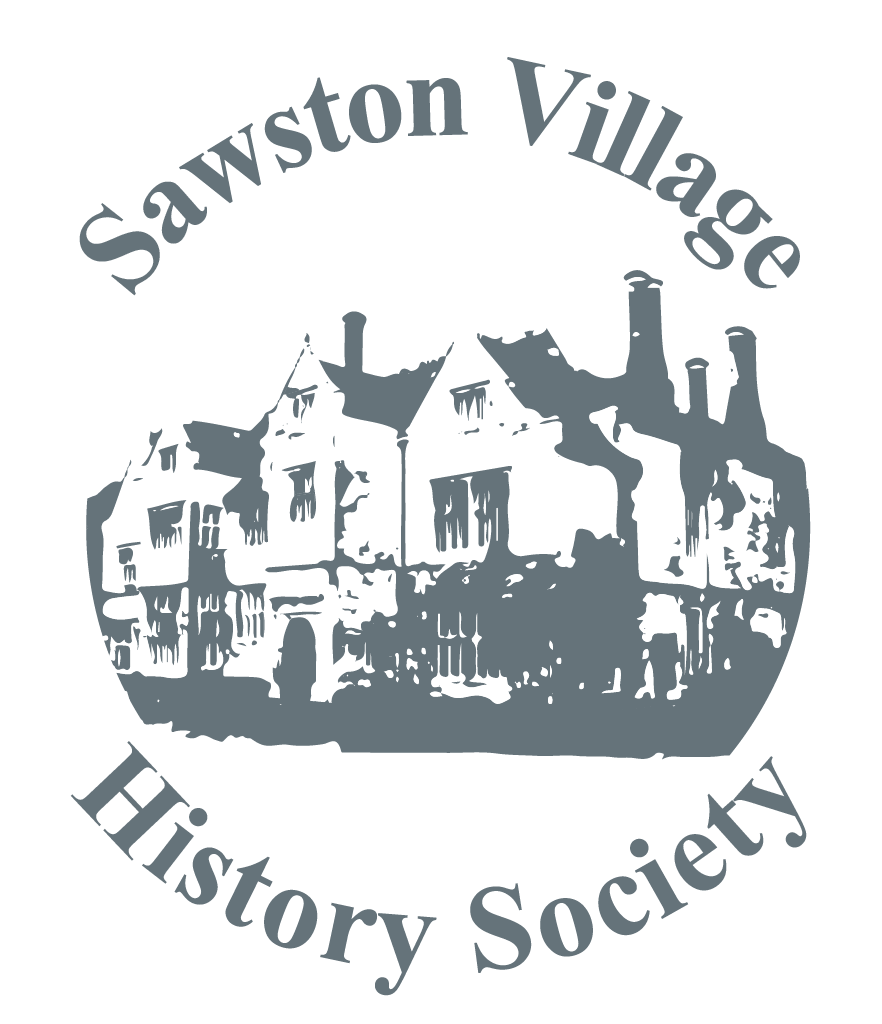
Prof Parker spoke about John Stevens Henslow and his life, his development of the Botanical Gardens in Cambridge and his influence on Charles Darwin.
John Henslow was educated at St John’s College and graduated in 1818. He was passionate about natural history from an early age and among other things studied chemistry and mineralogy. He became Professor of Mineralogy at Cambridge University in 1822 but his main interest was botany and in 1825 he became Professor of Botany and resigned his chair of Mineralogy two years later.
In 1821 he began a herbarium of British flora to which he added some of his own plants as well as taking in contributions from others. He followed the belief of the time that species were fixed as created but could vary within limits. A Catalogue of British Plants was published in 1829 and became a set book for his lecture course on which Charles Darwin had enrolled. The students collected plants of Cambridgeshire which Henslow individually named and labelled with date, where found, and who found it. He experimented with growing wild plants in varying garden conditions noting the variations which occurred.
John Henslow was offered a place as naturalist on the survey ship HMS Beagle but in declining the offer suggested that Charles Darwin was the ideal man for the two year voyage to South America and the Galapagos Islands. Darwin collected birds as well as plants and it was while arranging specimens of mockingbirds that he noticed differences between those he had collected from several different Galapagos Islands and those collected from the mainland. It was these differences which caused Charles Darwin to begin to form his revolutionary Theory of Evolution.
In 1831 Professor Henslow persuaded the University to purchase a much larger site for the Botanical Gardens to accommodate not only the medicinal herbs which were sited in the centre of Cambridge but many other plants including a large tree collection from North America. Owing to financial constraints only the western half was laid out to plans by the first curator in consultation with John Henslow. Finally in 1846 the Botanic Gardens fronting Trumpington Road and Hills Road were opened to the public.